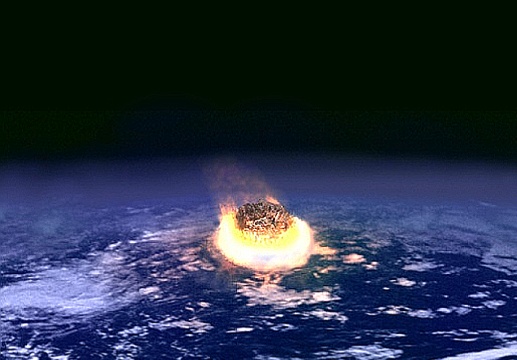Scott Anderson, a professor of environmental and quaternary science in the School of Earth Sciences and Environmental Sustainability at Northern Arizona University, was part of a team that countered a prevailing idea that a major impact event 13,000 years ago was the cause of rapid climate change and the last mass extinction on the planet.
The team, led by Tyrone Daulton at Washington University in St. Louis, looked for the presence of diamonds in sediment samples from the Younger Dryas period, which was the last glacial period in the northern hemisphere. Other scientists have said the presence of lonsdaleites, a rare diamond with a hexagonal atomic structure, and an increase in the number of nanodiamonds indicated a major impact such as a meteor or pieces of a comet struck Earth.
The problem, according to the team, is these samples don’t have either of those minerals; other minerals have been misidentified as lonsdaleites and nanodiamonds. Because the presence of those minerals is the largest indicator of a major impact event, the researchers said, that lack of evidence likely means the impact didn’t happen.
The study was recently published in the Journal of Quaternary Science. Anderson studies paleoecology and climate history to understand how ecosystems change over a long period of time.



